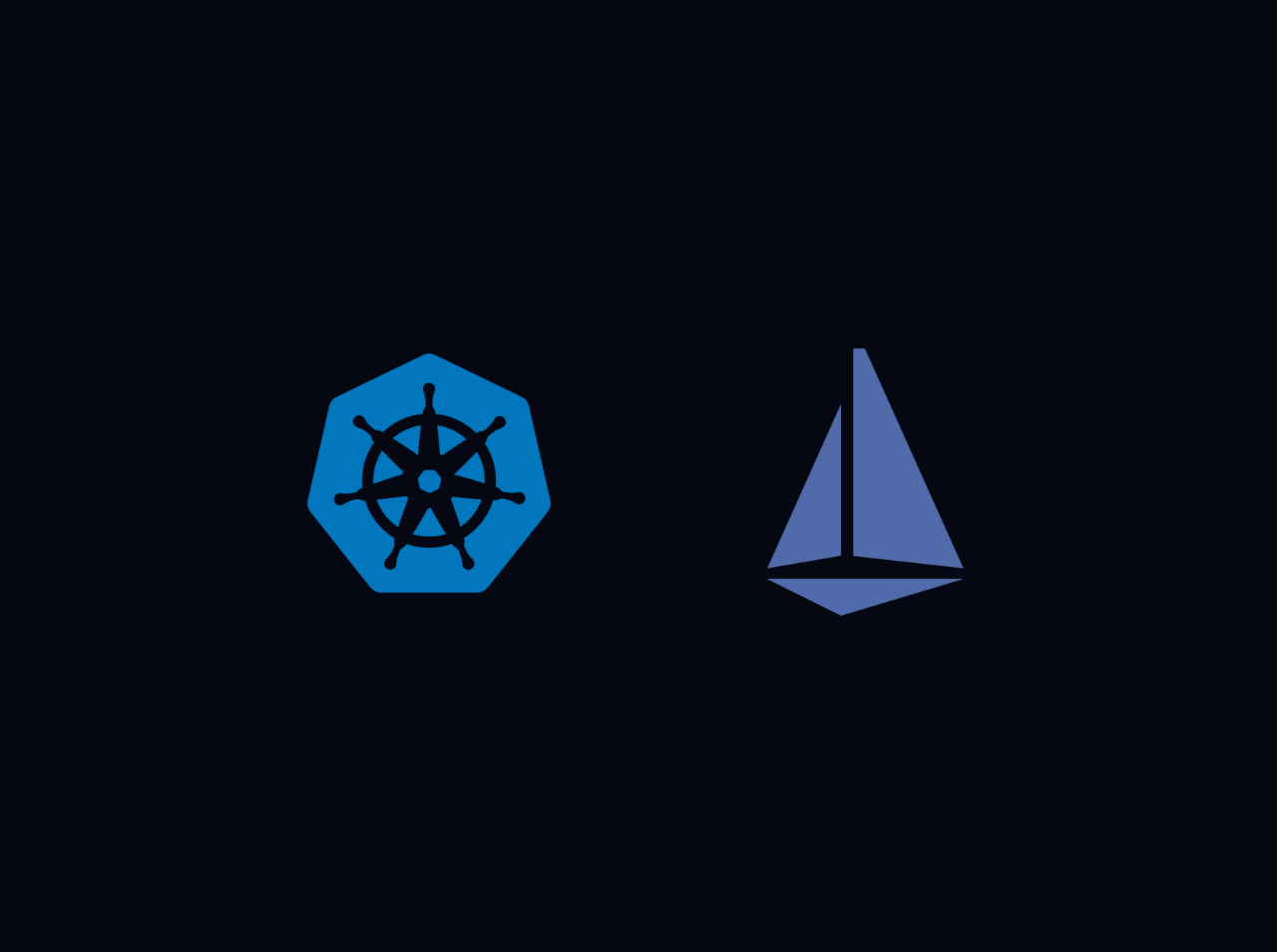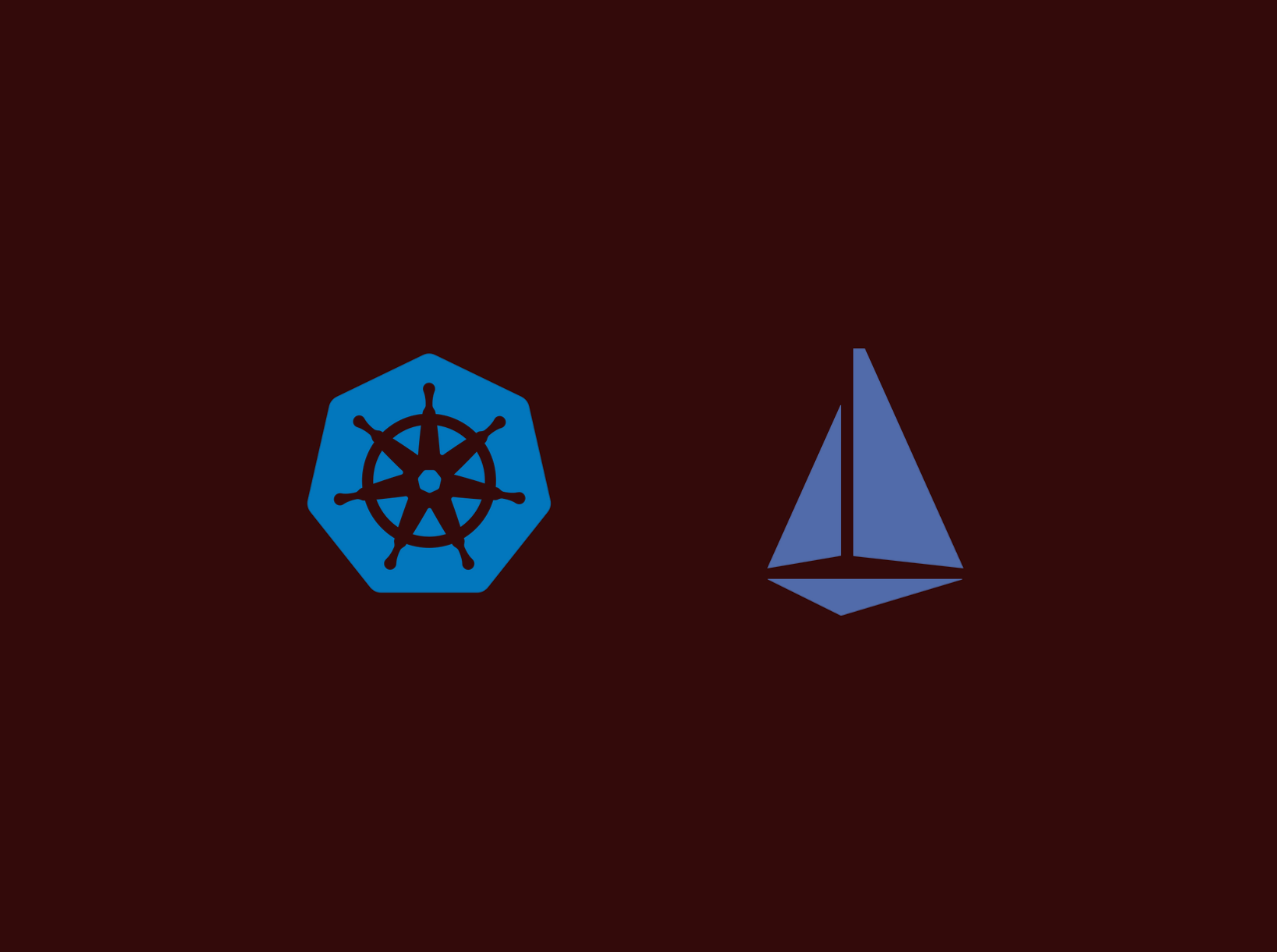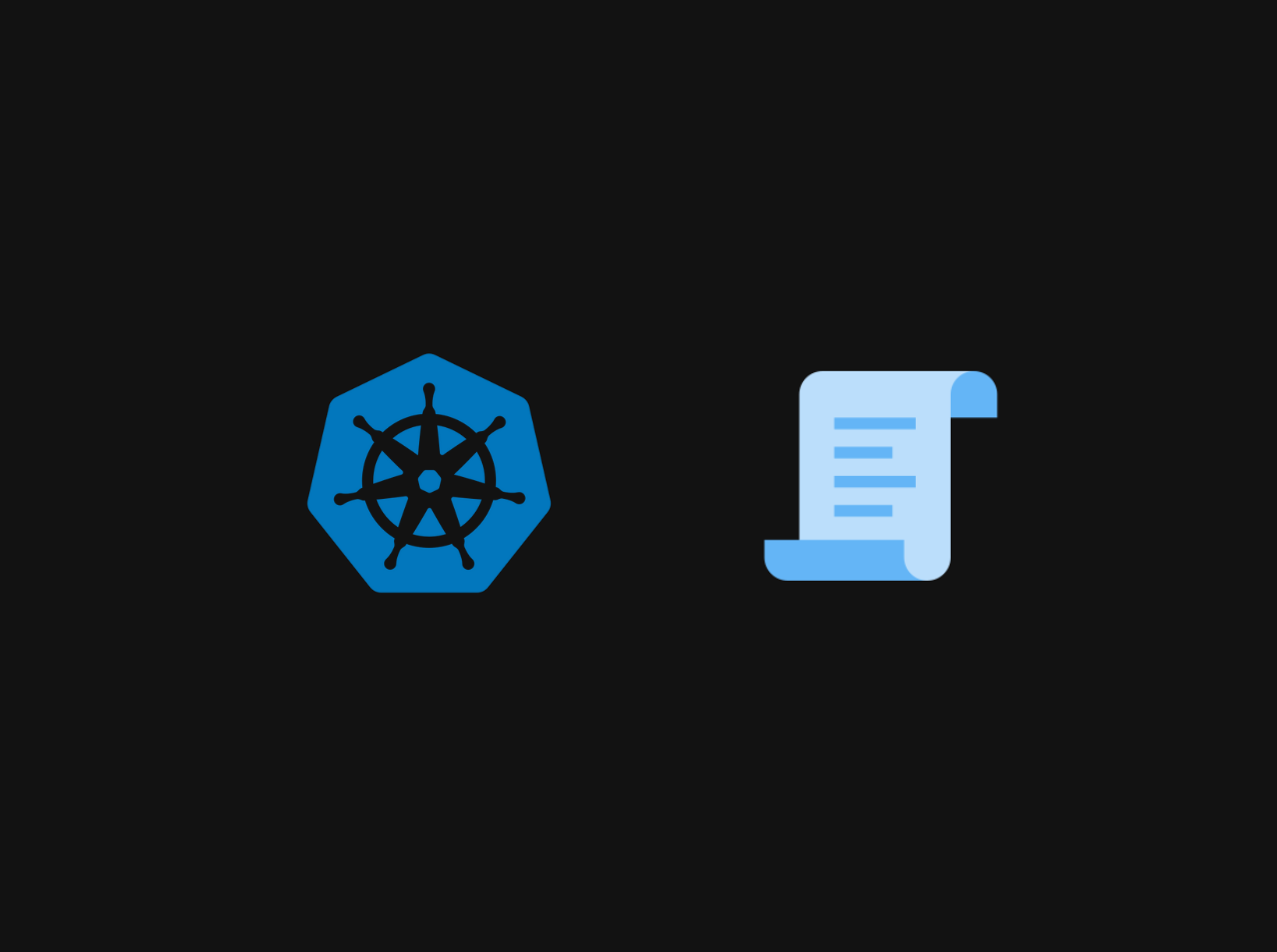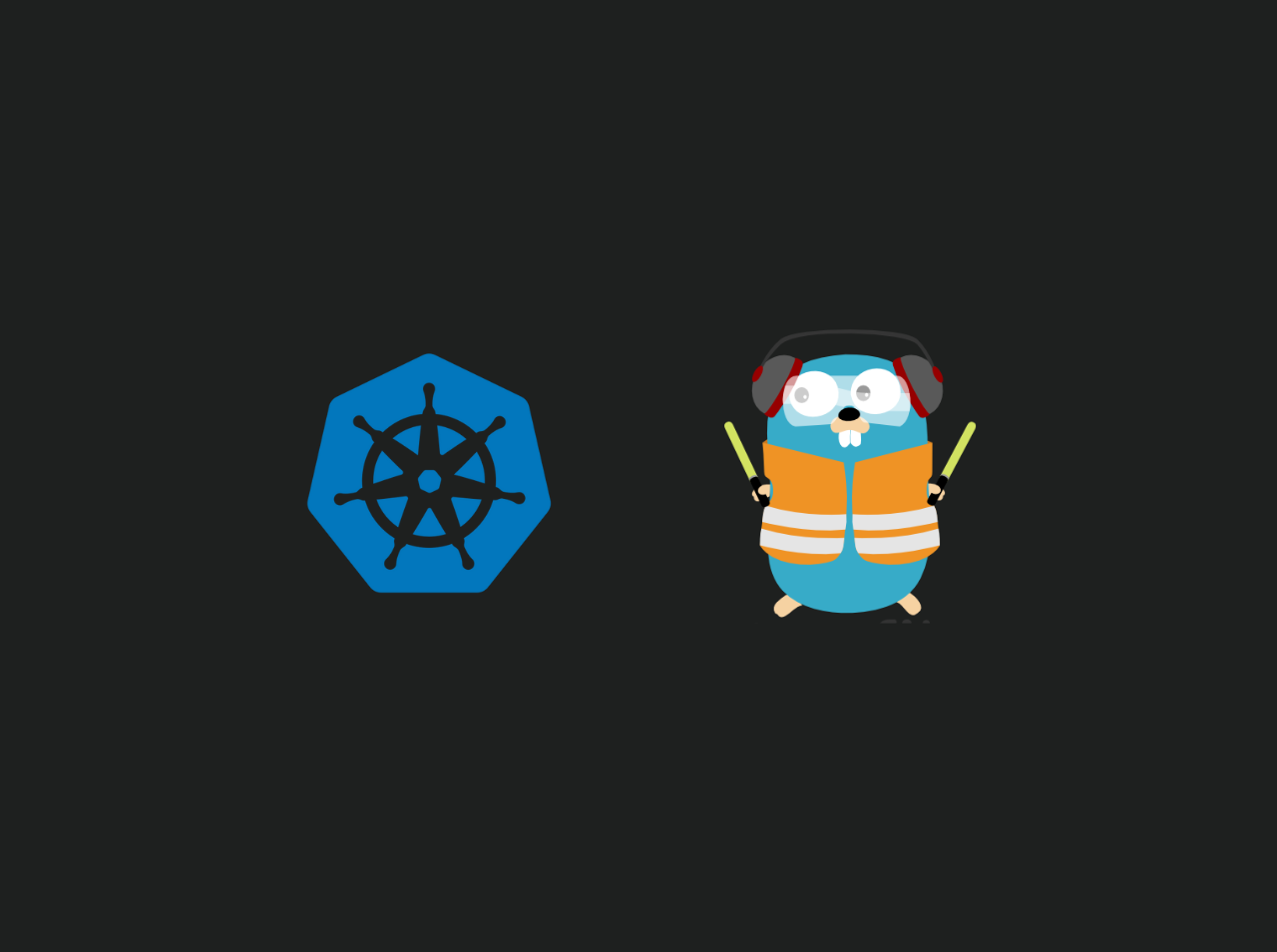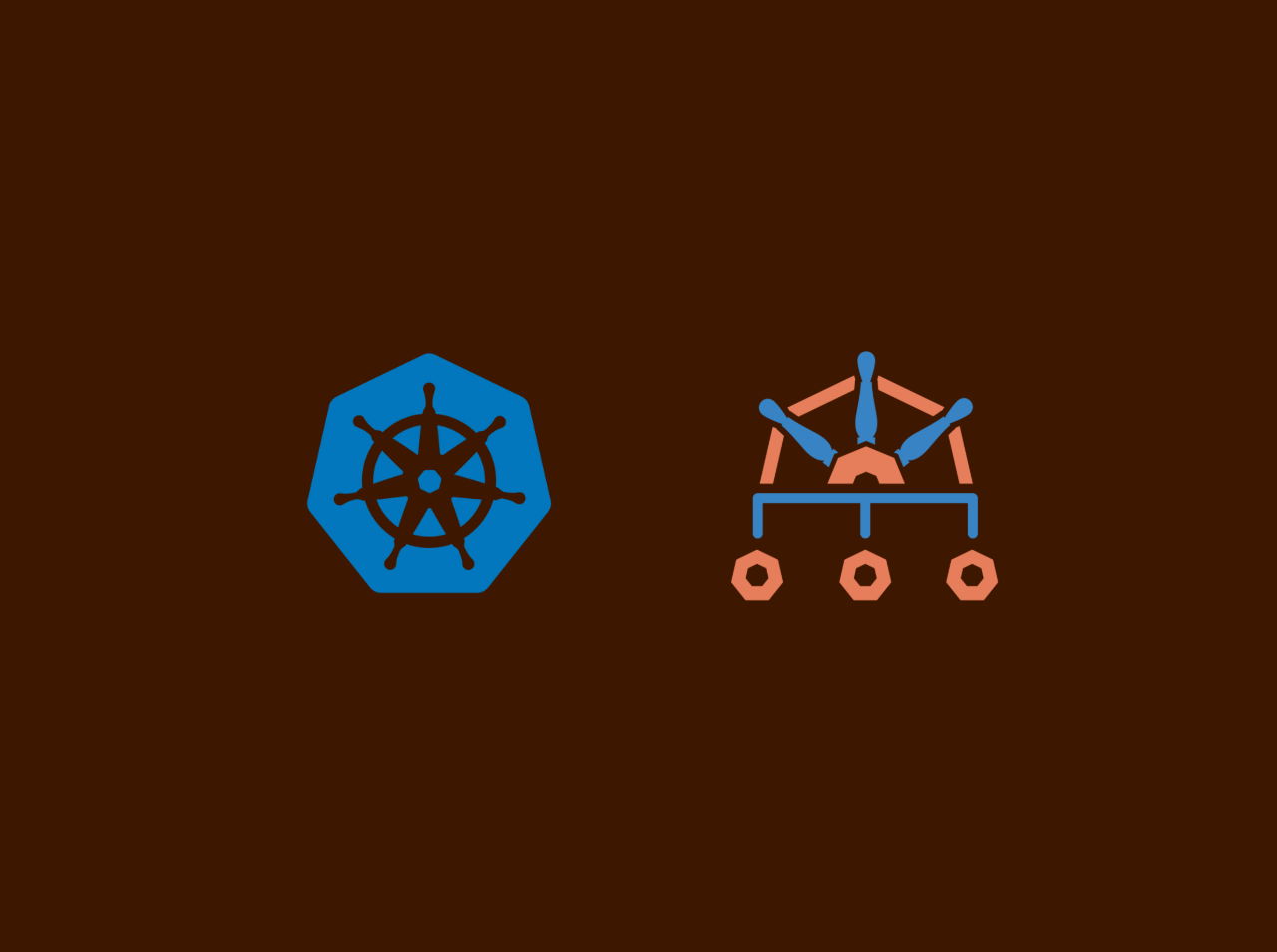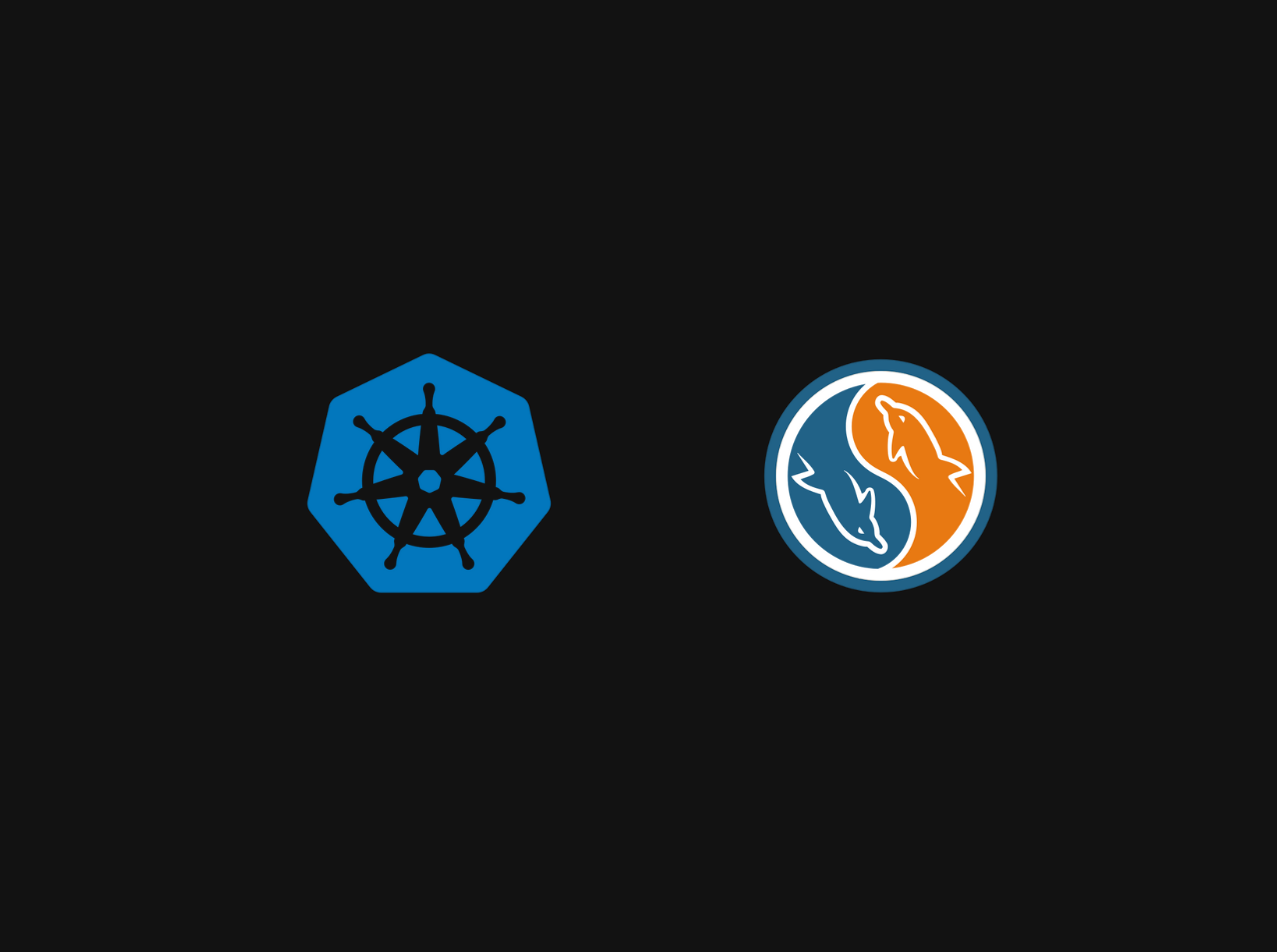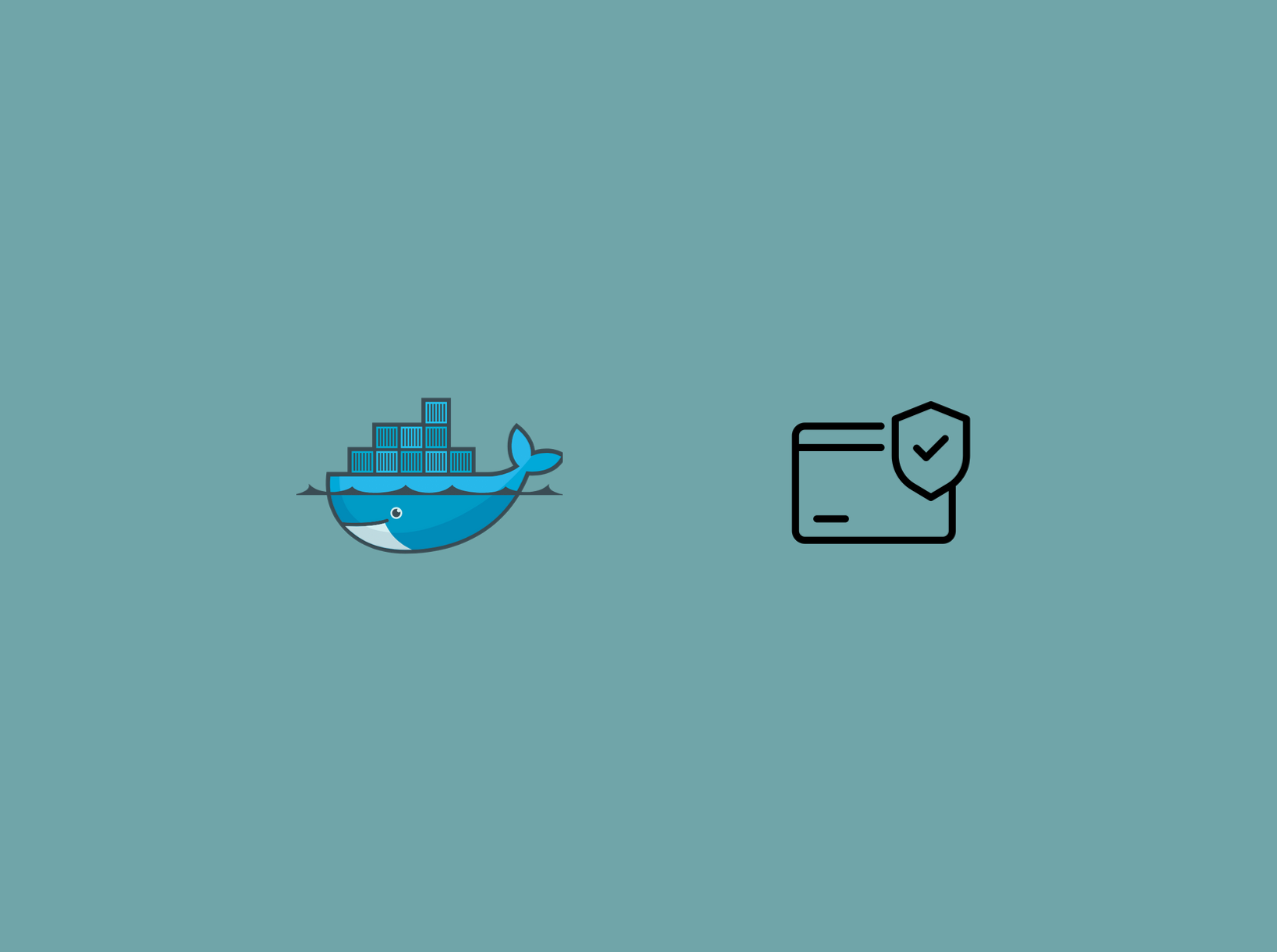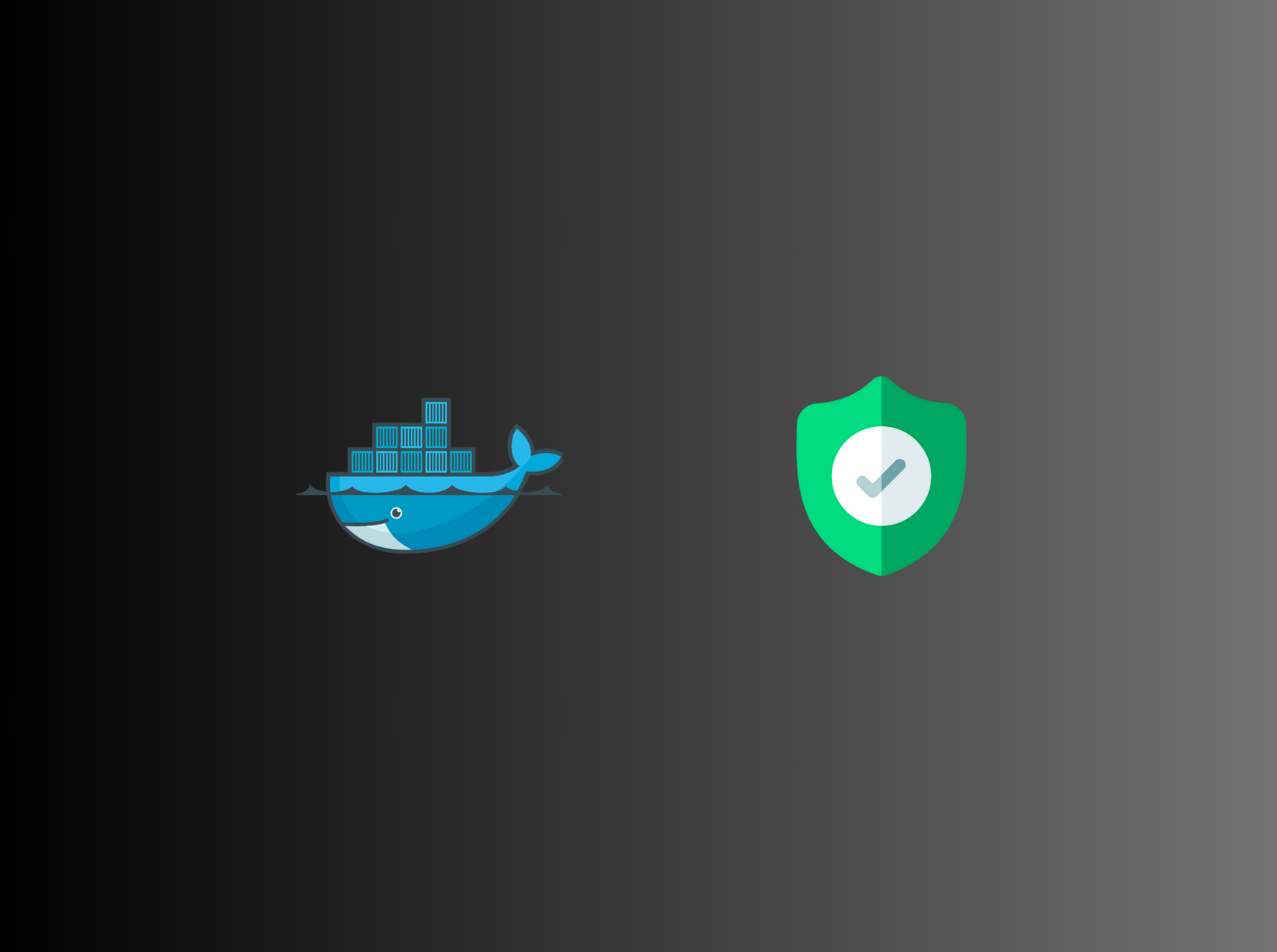Complete Guide to Istio Ingress with Kubernetes Gateway API
In this comprehensive guide, you will learn how to set up and configure ingress traffic for an Istio service mesh using the Kubernetes Gateway API, with practical examples that you can apply in a real cluster. By the end of this article, you will understand: How the Gateway API works with Istio and why it’s replacing older ingress methods How to expose services inside an Istio mesh externally with proper security How to split traffic for canary deployments using weighted routing How to...
Setup Istio on Kubernetes
Beginner-friendly, production-aware Istio installation guide using Helm Istio is a powerful service mesh for Kubernetes that manages service-to-service communication, security, and observability. In this guide, we’ll walk through everything required to install, validate, and test Istio on a Kubernetes cluster using Helm — with a clear, blog-style approach that’s easy to follow. By the end of this guide, you will understand: Istio deployment modes (Sidecar vs Ambient) Installing Istio CRDs...
Installing PostgreSQL Operator on Kubernetes
PostgreSQL is a powerful, open-source relational database management system known for its robustness and extensibility. When deploying PostgreSQL on Kubernetes, using a PostgreSQL Operator can simplify the management of database clusters, including tasks such as provisioning, scaling, backup, and recovery. In this guide, we will walk through the steps to install a PostgreSQL Operator on a Kubernetes cluster using Helm. Prerequisites A running Kubernetes cluster (version 1.16 or...
The Complete Beginner's Guide to Setting Up Kubectl Aliases with Kuberc
If you’re working with Kubernetes, you’ve probably found yourself typing long commands like kubectl get pods or kubectl logs my-pod --follow --tail=50 over and over again. It gets tedious quickly, right? Good news! Starting with Kubernetes version 1.33, there’s now a built-in way to create shortcuts (called “aliases”) for these repetitive commands. It’s called kuberc, and in this guide, I’ll walk you through everything you need to know to set it up and start saving time. What You’ll LearnBy...
Building a Microservices Demo with Traefik on Kubernetes
Modern web applications require robust routing and load balancing to handle traffic efficiently. Traefik, a modern reverse proxy and load balancer, has become increasingly popular for its dynamic configuration and cloud-native design. In this comprehensive guide, we’ll build a complete microservices demo using Traefik as an ingress controller on Kubernetes, demonstrating how to route traffic to different services based on URL paths. By the end of this tutorial, you’ll have a fully functional...
Kubernetes Policy as Code with Kyverno - Enforcing Best Practices the Native Way
Managing security and compliance in Kubernetes clusters can be challenging, especially when dealing with multiple teams and environments. Manual policy enforcement is error-prone and doesn’t scale. This is where Kyverno comes in - a Kubernetes-native policy engine that helps you enforce best practices automatically using simple YAML policies. In this guide, we’ll walk through setting up Kyverno and implementing essential policies that every Kubernetes cluster should have. What is...
Installing MySQL Operator on Kubernetes
Managing MySQL databases in production Kubernetes environments can quickly become overwhelming. You’re dealing with persistent volumes, StatefulSets, secrets management, replication setup, and failover mechanisms—all while ensuring your data remains consistent and highly available. What if there was a way to automate all of this complexity with just a few commands?Enter the MySQL Operator for Kubernetes—a game-changing tool developed by Oracle that transforms complex database management into...
The Complete SBOM Guide for Real-World DevOps
In the age of increasing supply chain attacks and strict compliance requirements, knowing exactly what’s inside your container images is no longer optional. That’s where SBOM (Software Bill of Materials) comes in. An SBOM is a formal, machine-readable inventory of all software components (libraries, packages, binaries) included in a container image or application. With Docker now supporting SBOM generation natively from version v20.10.24, DevOps teams can integrate security and compliance...
Docker Security Hardening in Production
Running Docker containers in production environments requires a comprehensive security strategy that goes far beyond basic container deployment. While Docker provides convenience and portability, it also introduces unique security challenges that can expose your infrastructure to serious vulnerabilities if not properly addressed.In this comprehensive guide, we’ll explore enterprise-grade Docker security hardening techniques, covering everything from container isolation and image scanning to...
How to Run Docker Containers as Non-Root in Production
Running Docker containers as root inside the container may work during local development — but in production environments, it’s a serious security risk. In this advanced guide, we’ll walk through: Why root containers are dangerous in real-world systems How to properly design your Dockerfile to run as a non-root user Best practices used in enterprises How to enforce this in CI/CD pipelines and Kubernetes The Real Risk of Running Containers as RootWhen a container runs as root inside...
